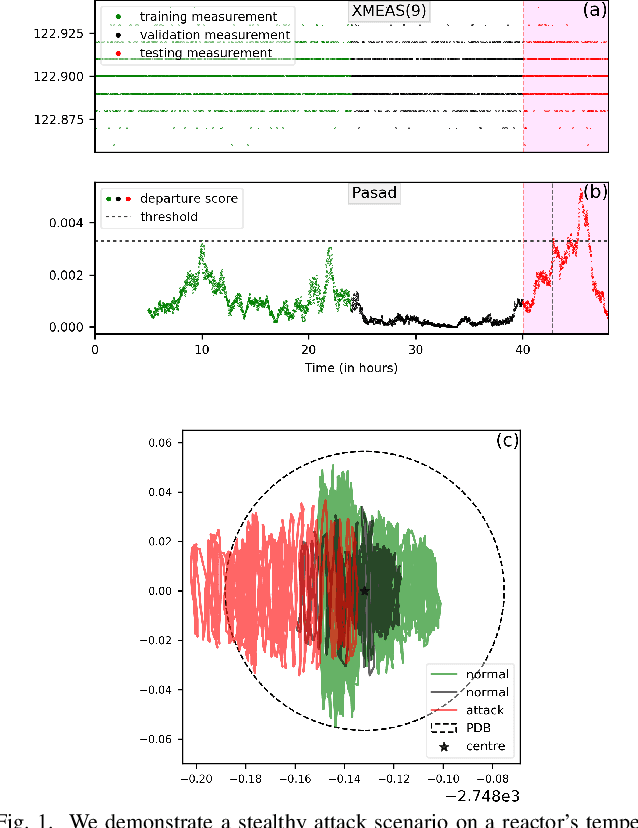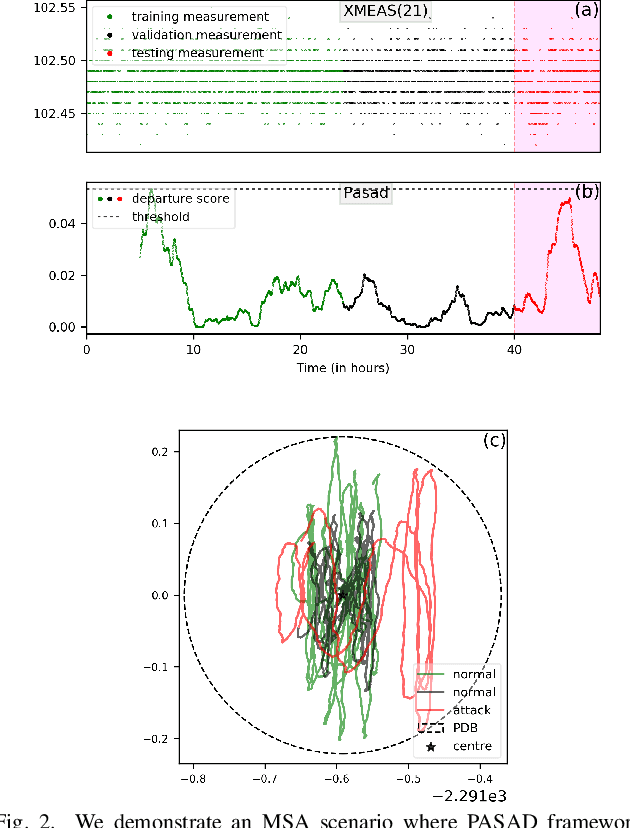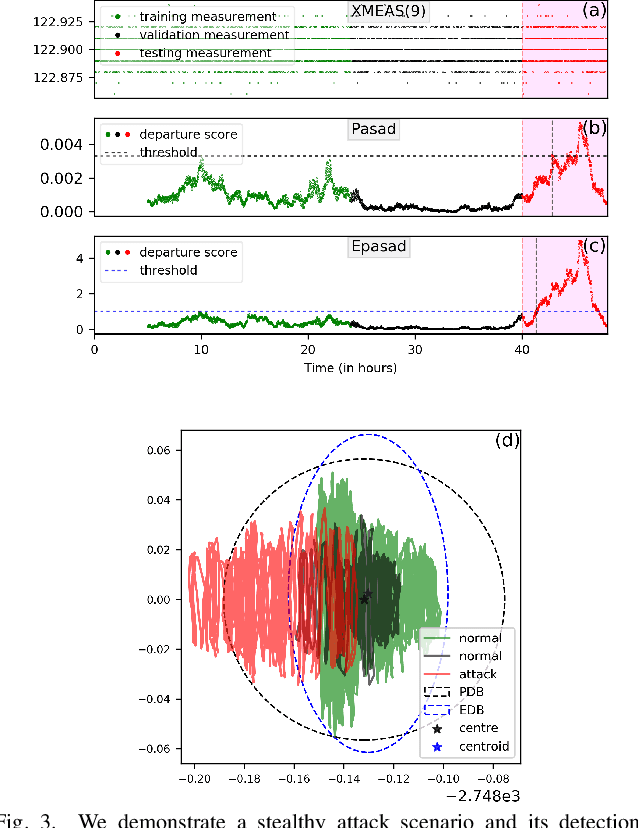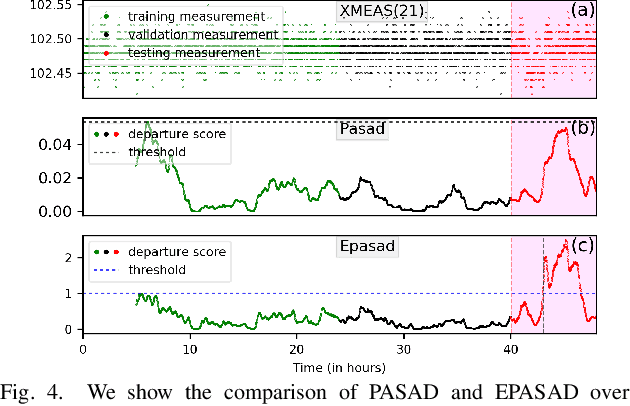EPASAD: Ellipsoid decision boundary based Process-Aware Stealthy Attack Detector
Paper and Code
Apr 08, 2022



Due to the importance of Critical Infrastructure (CI) in a nation's economy, they have been lucrative targets for cyber attackers. These critical infrastructures are usually Cyber-Physical Systems (CPS) such as power grids, water, and sewage treatment facilities, oil and gas pipelines, etc. In recent times, these systems have suffered from cyber attacks numerous times. Researchers have been developing cyber security solutions for CIs to avoid lasting damages. According to standard frameworks, cyber security based on identification, protection, detection, response, and recovery are at the core of these research. Detection of an ongoing attack that escapes standard protection such as firewall, anti-virus, and host/network intrusion detection has gained importance as such attacks eventually affect the physical dynamics of the system. Therefore, anomaly detection in physical dynamics proves an effective means to implement defense-in-depth. PASAD is one example of anomaly detection in the sensor/actuator data, representing such systems' physical dynamics. We present EPASAD, which improves the detection technique used in PASAD to detect these micro-stealthy attacks, as our experiments show that PASAD's spherical boundary-based detection fails to detect. Our method EPASAD overcomes this by using Ellipsoid boundaries, thereby tightening the boundaries in various dimensions, whereas a spherical boundary treats all dimensions equally. We validate EPASAD using the dataset produced by the TE-process simulator and the C-town datasets. The results show that EPASAD improves PASAD's average recall by 5.8% and 9.5% for the two datasets, respectively.
 Add to Chrome
Add to Chrome Add to Firefox
Add to Firefox Add to Edge
Add to Edge